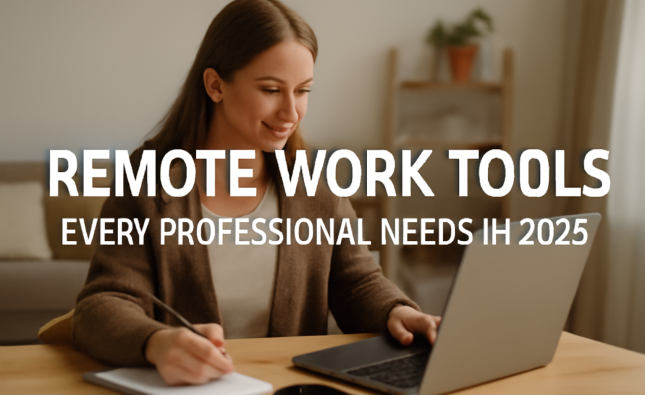
Are you tired of the traditional higher education system? Do you crave a more flexible, personalized way to learn that fits your busy schedule? You’re in luck! The world of learning is rapidly transforming as new models such as MOOCs and microcredentials are revolutionizing how we approach education. Join us on this journey as we explore these innovative methods and discuss how they can benefit your career path. Get ready to embrace a whole new world of possibilities with the latest trends in higher education!
What are MOOCs and Microcredentials?
MOOCs, or Massive Open Online Courses, are courses that are designed for large-scale participation and open access via the internet. Microcredentials, on the other hand, are smaller credentials or badges that represent specific competencies or skills that can be obtained through completing a shorter course or program.
Both MOOCs and microcredentials have been growing in popularity in recent years as new models of learning in higher education. While MOOCs were initially seen as a disruptive force that would revolutionize higher education, they have since settled into a more niche role as a supplement to traditional university degrees. Microcredentials, on the other hand, are seen as having the potential to change the way we think about credentials and skills in the workforce.
If you’re interested in exploring these new models of learning, there are many resources available online. edX is one of the leading providers of MOOCs, and they offer a wide variety of courses from top universities around the world. Credly is a popular platform for creating and issuing microcredentials, and their website includes a directory of microcredential providers.
The Different Types of MOOCs and Microcredentials
There are two main types of MOOCs: cMOOCs and xMOOCs. cMOOCs are based on connectivist principles and emphasize peer-to-peer learning and collaboration. xMOOCs, on the other hand, are more like traditional online courses, with lectures and assignments delivered by a professor.
Microcredentials are a new way of recognized learning that is taking off in popularity. Unlike MOOCs, which are often free and open to anyone, microcredentials are usually offered by institutions and come with a price tag. They also tend to be more specialized, focused on particular skills or knowledge areas.
Pros and Cons of MOOCs and Microcredentials
The massive open online courses (MOOCs) and microcredentials that have emerged in recent years offer new opportunities for learners to gain skills and knowledge. But what are the pros and cons of these new models of learning?
On the plus side, MOOCs and microcredentials can provide flexible, affordable, and accessible education for learners who might not otherwise have access to traditional higher education. They can also be a great way to boost your resume or learn new skills.
However, there are also some potential downsides to consider. For example, MOOCs may not offer the same quality of education as traditional colleges and universities. And microcredentials may not be recognized by employers or other institutions.
So, what’s the bottom line? MOOCs and microcredentials can be a great way to learn, but it’s important to do your research before you commit to any one program.
What are the Best Practices for Using MOOCs and Microcredentials?
There are a number of best practices for using MOOCs and microcredentials. Here are a few of the most important:
1. Make sure your goals are clear before you start. It’s important to know what you want to get out of a MOOC or microcredential before you begin. This will help you choose the right course or program, and focus on the most relevant parts.
2. Start with a reputable provider. There are many providers of MOOCs and microcredentials, but not all of them are equally reputable or effective. Do some research to find a provider that has a good reputation and offers courses or programs that align with your goals.
3. Be prepared to commit time and effort. Learning online takes time and effort, just like traditional education. Make sure you set aside enough time each week to complete the coursework, and don’t be afraid to ask for help if you need it.
4. Don’t forget about other learning opportunities. In addition to MOOCs and microcredentials, there are many other great ways to learn new skills and knowledge online. Explore all of your options and take advantage of the many resources available.
Conclusion
This article has discussed the various new models of learning that are emerging in higher education today. From MOOCs and Microcredentials to online classes and other alternatives, there is no shortage of options when it comes to learning in the digital age. We hope this exploration has provided you with some insight into these new models and the potential they have to revolutionize how we learn. Regardless of what type of student you are or what your educational goals are, exploring these options could be beneficial — so don’t be afraid to give them a try!










